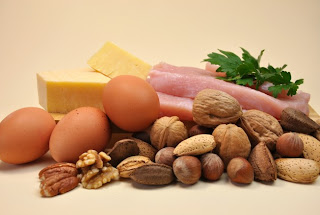The other day, I happened to travel along the majestic Lahore canal after a long time. The excursion brought back many fond memories of my childhood.
My paternal home is located in the proximity of the canal. During my academic life, I used to make trips to and fro along the canal every day. Be it my school, central market regions or my grandma’s home, we had to take the canal. The canal meant home.
Originally, the canal was part of the major populated regions of Lahore. Built during the Mughal era, the 60 km long canal runs through what was once the east side of the city. However, with the swift expansion of the city due to the rampantly growing population, the canal has been pushed further to a side. Now, though I am still living in the same city, I hardly get to visit the canal side of Lahore.
Historically, waterways have been convenient for defining transport routes and civilization abodes. Consequently, many locations have been named in connection with or geographically related to the canal. A two-way road runs along the length of the linear watercourse. The drive along the serenely flowing water banked with tall green trees creates a scenic sight.
.jpg) Over the years, the roadway lining the canal was made hurdle-free by constructing underpasses to account for unobstructed traffic flow for vehicles other than trucks and buses. The restriction for trucks and buses was automatically set in place by the height of underpasses.
Over the years, the roadway lining the canal was made hurdle-free by constructing underpasses to account for unobstructed traffic flow for vehicles other than trucks and buses. The restriction for trucks and buses was automatically set in place by the height of underpasses. There were days when the canal was brim full and there were days when the canal was dry. The latter happened when there were efforts to clean the canal, and get rid of the deposits that the water brought and carried along its extensive course.
There were days when the canal was brim full and there were days when the canal was dry. The latter happened when there were efforts to clean the canal, and get rid of the deposits that the water brought and carried along its extensive course.
Every spring season, there used to be a display of beautiful vibrant floats in the canal. These ornate ethnic exhibits were prepared by various art institutes to decorate Lahore and celebrate the festive spirits of Jashan-e-Baharan (Spring Festival).
During the long bright summers of Lahore, young boys were seen swimming in the canal waters to get relief from the scorching heat. However, this unpaid swimming facility caused gruesome accidents several times. Lately, the government has built green fences bordering the canal for safety reasons.





















